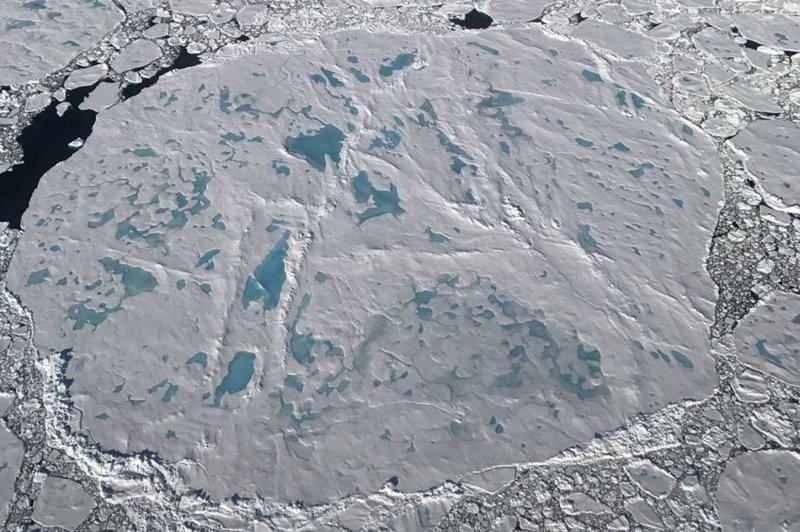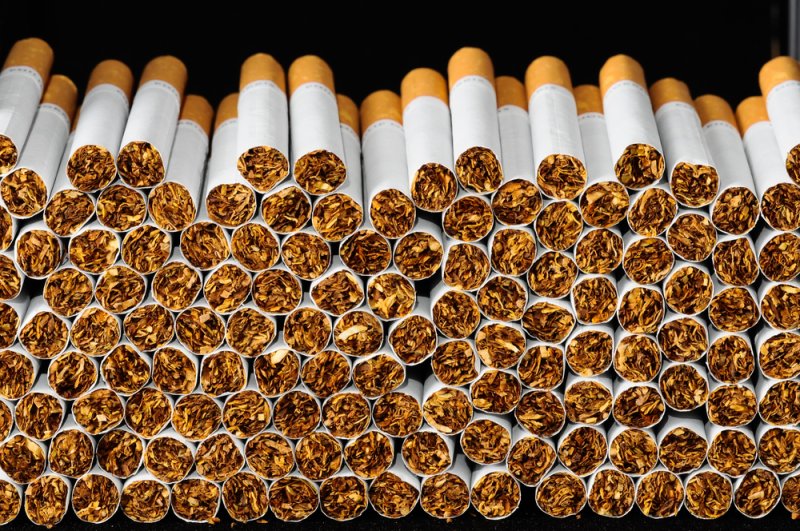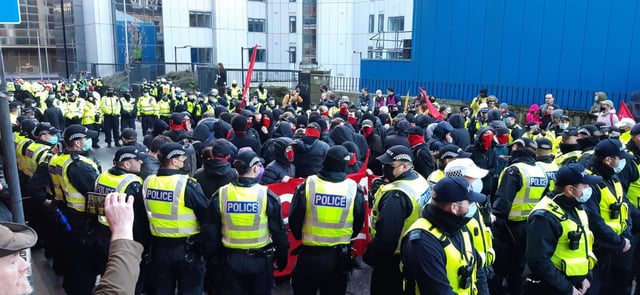COVID-19 pandemic puts spotlight on 'outdated' infection control practicesBy Amy Norton, HealthDay News

The COVID-19 pandemic has forced hospital staff and medical professionals to readdress infection control methods, some of which are "outdated," according to new research.
File Photo by John Angelillo/UPI |
License PhotoThe
COVID-19 pandemic has offered some lessons on respiratory disease transmission, and now a new review suggests that hospitals could use those insights to create even smarter infection-control policies.
The review, published Tuesday in the
Annals of Internal Medicine, suggests that some longstanding infection-control tactics at hospitals are "outdated."
And certain changes, like greater use of N95 masks, might be in order.Current infection-control measures are based, in part, on a "false simplification" of respiratory virus transmission, said lead review author Dr. Michael Klompas.
RELATED Many vaccinated health workers who get COVID-19 are exposed at home, study findsThe traditional teaching was that most respiratory viruses, like the flu and common cold, are mainly transmitted by respiratory "droplets" -- relatively heavy particles that people expel when they exhale. Droplets fall to the ground within feet of the infected person, and they're adequately blocked by a surgical mask.
But some other viruses, like measles and tuberculosis, have traditionally been labeled "airborne." That means they can be transmitted among people via tiny "aerosol" particles that remain suspended in the air for a longer time, and those particles can accumulate in a poorly ventilated space.
Surgical masks block some of those minute particles, but not all.
That droplet/aerosol premise has helped guide policies at hospitals. For example, N95 masks are generally reserved for procedures considered "aerosol-generating," like inserting a ventilator tube.
But recent research shows the droplet/aerosol divide to be a dubious one, said Klompas, an infectious disease specialist at Brigham and Women's Hospital in Boston.
"Most of what we exhale is aerosol," he said. And in reality, all respiratory viruses can, to some degree, be transmitted by those tiny airborne particles.
Where did the droplet/airborne distinction come from? It was based on observations regarding proximity. Most respiratory viruses, including the flu, are usually passed among people in relatively close contact.
But then there are pathogens like the measles virus, which can also infect people at greater distances: A U.S. measles outbreak in the 1990s, for example, happened at an international sports event held in a domed stadium.
The droplet-borne/airborne categories emerged to explain those differences in viral transmission.
However, Klompas said, it's really other factors that are key -- such as ventilation. Even airborne pathogens rapidly become "diluted" in a well-ventilated area, which lowers the risk of infection.
In a pandemic-era study of train passengers, people seated next to someone with an asymptomatic COVID-19 infection were 10 times as likely to become infected as passengers who were three seats away.
Poor ventilation, though, lowers the protection afforded by distance, Klompas said.
Duration of exposure matters, too, he explained, even in reasonably well-ventilated places. In that same train passenger study, travelers on long journeys were at greater risk of infection than those on fairly short trips.
Plus, there are differences among respiratory viruses themselves that influence transmission, and differences among the people infected. If, for instance, they have a high "viral load" -- the amount of virus in their bodies -- they are more contagious.
To Klompas and his colleagues, it all means that infection-control policies based on the droplet/airborne premise deserve a review.
Some specifics they suggest: Consider using N95 masks in the care of all patients with a respiratory infection, and not only during aerosol-generating procedures.
Recent research, Klompas said, suggests those procedures carry no extra risk. Allocate airborne-infection isolation rooms for patients with respiratory infections and a high viral load.
Review minimum ventilation standards, and consider increasing standards for non-clinical areas of the hospital and those outside of patient care. Dr. David Henderson, of the U.S. National Institutes of Health Clinical Center in Bethesda, Md., cowrote an editorial published with the review.
He called it a "great paper" that highlights the point that there is no strict dichotomy between droplet and aerosol.
As for the practical implications, that's more complicated, according to Henderson. He said that surgical masks, along with eye protection, have worked "extraordinarily well" in preventing COVID-19 outbreaks among U.S. health care workers.
What's more, Henderson noted, other respiratory infections that can spread in hospitals have basically disappeared.
It's not clear that N95 masks would have significant added value, according to Henderson. And they would be challenging to wear. "Over an eight-hour shift, you could feel like you're suffocating," he noted.
That's not to say there's no room for improvement. New masking options that offer better filtration, along with wearability, would be welcome, according to Henderson.
At this point, he said a key lesson he's learned from the pandemic is that "source-control masking" -- masking the infected person -- "really works."
The editorial suggests a "reasonable" approach going forward, once seasonal respiratory infections return to their normal patterns: Have "universal" masking in hospitals each fall through spring, when viruses like the flu are highly active.
More information
Harvard Medical School has more on curbing the spread of
COVID-19.Copyright © 2021 HealthDay. All rights reserved.













